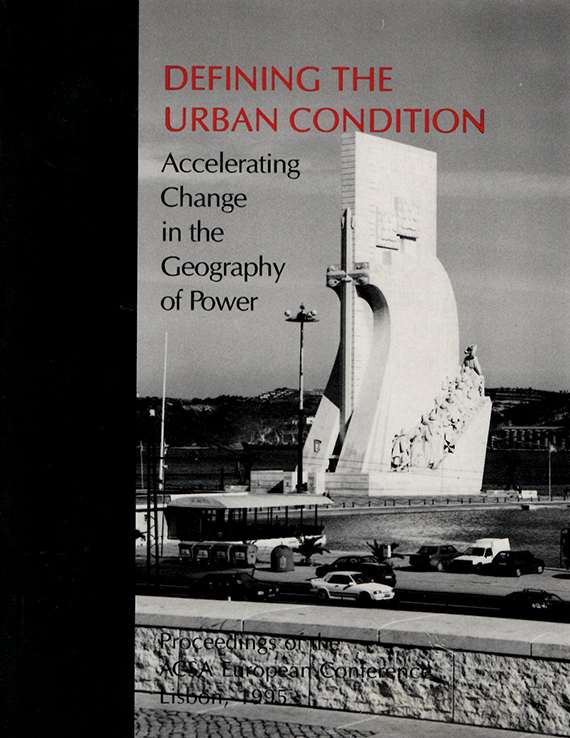Author(s): Maurizio Sabini
Since the declining phase of the Modem Movement, the geography of disciplinary power has considerably changed and there has been an increasing loss of social significance for architecture. However, urban design, seen as a “mode” of architecture, rather than as a discipline in itself, has still a primary role to play against this trend, for there are instances and places where urban form, more than feasibility studies, or planning programmes, calls for attention. Such a new role for the discipline can be found in a new approach by which architecture is foremost seen as the art of environmental relations. An interesting case-study in this regard can be the city of Venice, and particularly the areas of its latest (industrial) development, which are presently the focus of major rehabilitation projects. Some academic projects are used to show how voids and spaces are as important as buildings and volumes and that environmental relations among them, as well with the existing set-up, are founding elements of a new “urban form”. What these designs try to demonstrate is the existence of an urban demand of form by the city which only architecture, through its “mode” of urban design, can properly address. A demand for a new, though fragmented and partial, “architecture of the city”.
https://doi.org/10.35483/ACSA.Intl.1995.41
Volume Editors
John K. Edwards

 Study Architecture
Study Architecture  ProPEL
ProPEL 
